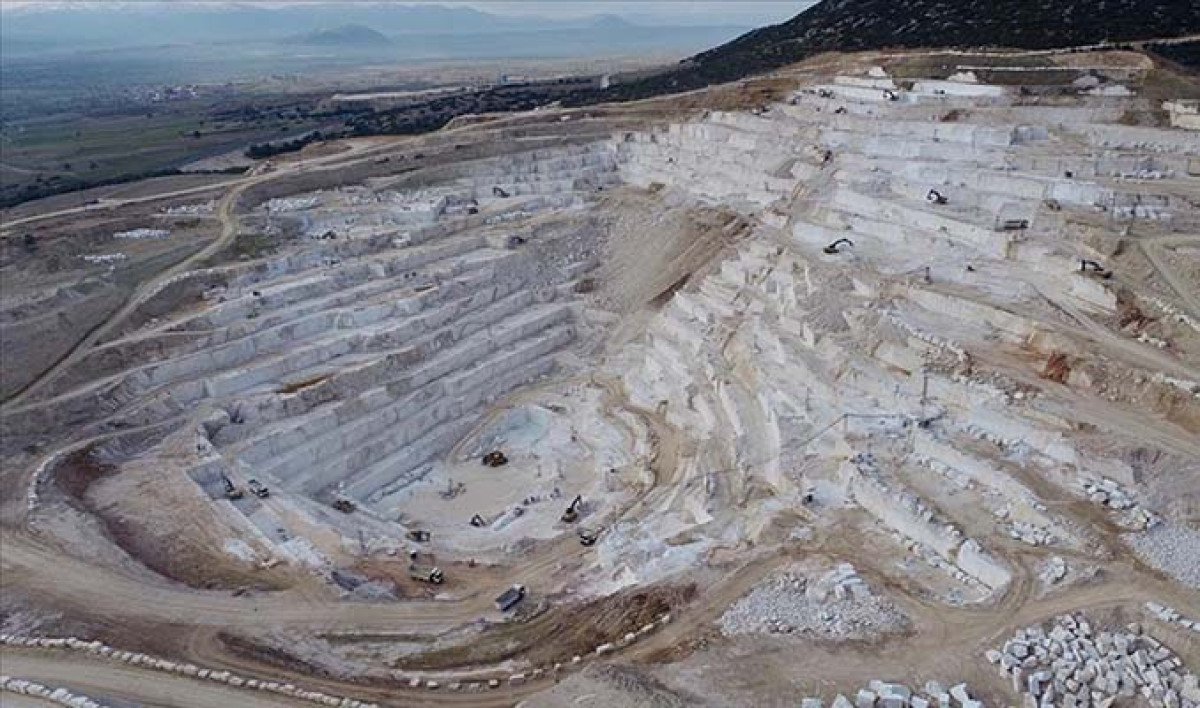General Overview of Central Banks in 2023
The year 2023 has been a very dynamic period for central banks worldwide. Factors such as inflation, supportive monetary policies, and economic growth rates have been vital in the decision-making processes of central banks, while investors closely monitor these developments.
Interest Rates and Monetary Policies
Many major central banks have opted to raise interest rates in order to control inflation. For instance, the Federal Reserve (Fed) increased interest rates by 25 basis points to a level of 5.25%. The European Central Bank (ECB) adopted a similar approach, raising rates to 4%. This situation directly affects market liquidity and borrowing costs.
Country-Specific Differences
Since each country's economic conditions and policies differ, the decisions of central banks also vary. For example, central banks in emerging markets tend to approach the fluctuations in exchange rates more cautiously, while developed countries are able to implement more aggressive rate hikes.
Post-2023 Expectations
As the year comes to a close, many analysts emphasize the potential for central banks to take necessary steps in 2024. If inflation figures remain at expected levels, central banks may consider maintaining or lowering interest rates. However, whether this will support economic growth or pose greater risks remains uncertain.
What Investors Should Watch Out For
The uncertainties in the markets are forcing investors to be cautious. Experts highlight that portfolio diversification and risk management strategies are of great importance during this process. The decisions made by central banks can directly impact asset prices and stock markets, making it one of the main issues that investors should monitor closely.
As a result, the question of which direction central banks will take by the end of the year continues to be an important topic for both investors and economists.
```⚖️ Yasal Uyarı:Bu içerik yatırım tavsiyesi niteliği taşımaz. Yatırımlarınızla ilgili kararlarınızı kendi araştırmalarınız ve risk profilinize göre almanız önerilir.
central banks, interest rates, development, economic growth, inflation




















.png)